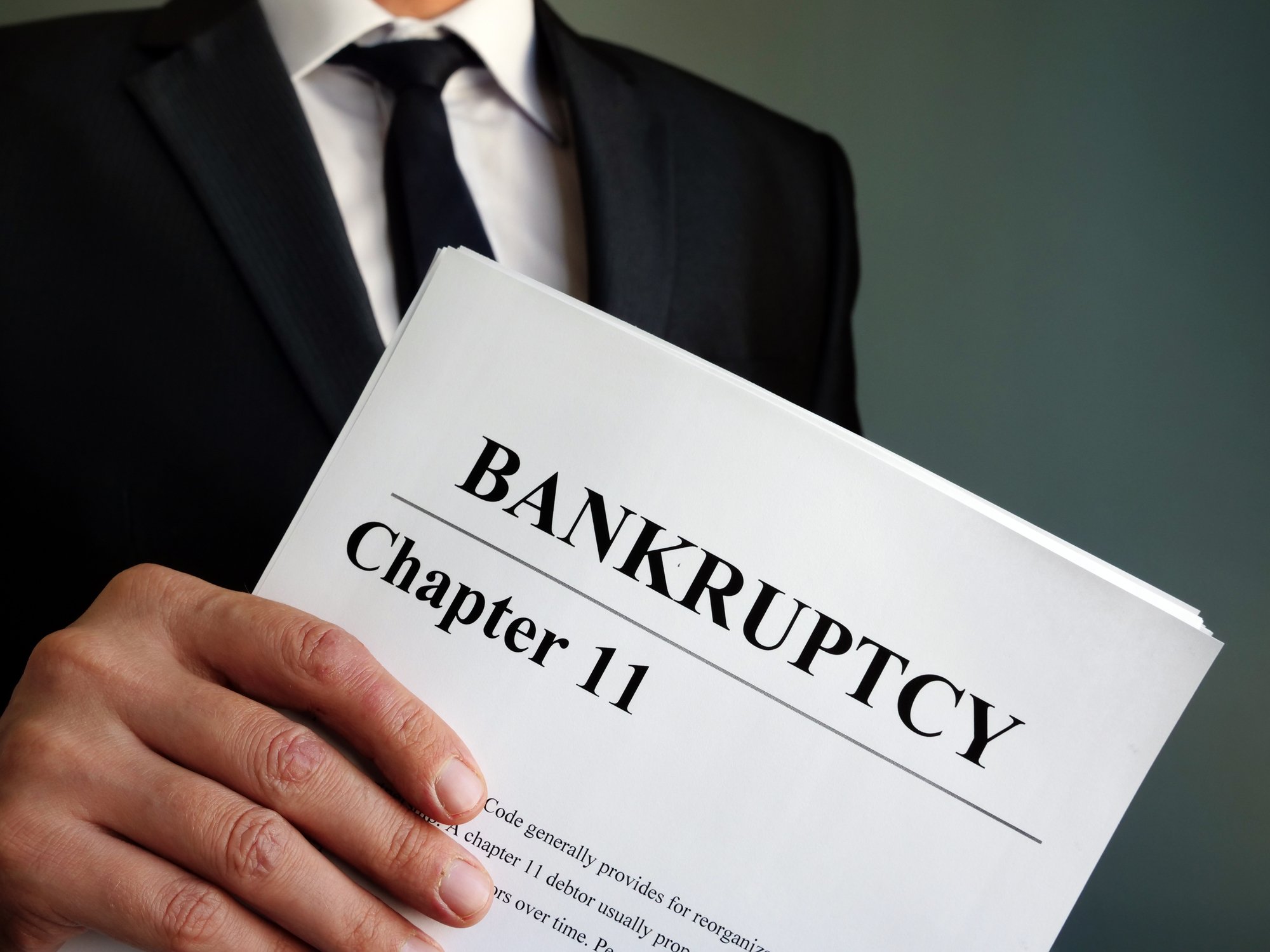With little doubt, 2020 is going to be a year to remember for investors.
For some, it'll be remembered for the quickest descent into bear market territory in history, as well as the fastest 30%-plus decline ever. Others might recall the gangbusters rally that resulted in the S&P 500 regaining the vast majority of its losses in the subsequent 11-week period following the March 23 lows. And yet, for other investors, it might just remembered for the multiple triple-digit percentage rallies in really awful companies.
For those of you who, like myself, take a gander at the biggest daily movers, you've probably noticed the overwhelming pops and outperformance tied to microcaps of late. Pretty much any company with a reasonably low market cap and thin volume has been taken on a wild ride by short-term investors of late.
However, there have also been some very well-known companies caught up in this rampant buying activity. The problem is that, while these businesses remain ultra-popular with day-traders, some of these companies may be downright worthless when push comes to shove. Here are two stocks that investors haven't been able to get enough of lately that could very well wipe out their shareholders.

Image source: Getty Images.
Hertz Global
Easily the most baffling of all ultra-popular stocks of late is rental car company Hertz Global (HTZ +0.00%). Despite filing for Chapter 11 bankruptcy protection on May 22, which it was driven to do after travel demand fell off a cliff because of the coronavirus disease 2019 (COVID-19) pandemic, Hertz's stock at one point rose by almost 900%. As of the closing bell on Tuesday, June 16, Hertz was still worth almost quadruple what it was the first trading day following its bankruptcy announcement.
How on Earth does a bankrupt company rally 300% to 900% in a matter of weeks? One possible answer is a short squeeze. After initially cratering 80% on the bankruptcy filing, investors who had sold shares of Hertz short (i.e., bet it would go lower) had little choice but to cover as it regained all of what was lost (and much more). Short squeezes can be violent if momentum builds quickly, which is what looks to have happened.
Additionally, speculators were encouraged by Hertz's plan to sell shares of common stock during the bankruptcy process. The company proposed selling nearly 247 million shares of stock in a bid to raise $1 billion, ultimately gaining a judge's approval to raise as much as $500 million. However, just days later, on June 17, Hertz suspended plans to sell common stock after receiving scrutiny from the Securities and Exchange Commission.
But the fact of the matter is that Hertz has filed for bankruptcy protection, it has received a delisting notice from the New York Stock Exchange (delisting is rarely ever a positive for investors), and it very well could destroy all shareholder value before it reemerges from bankruptcy.

Image source: Getty Images.
Overlooking for the moment that Hertz's share issuance could have nearly tripled the company's outstanding share count and diluted the daylights out of shareholders, Hertz noted in a recent 8-K filing with the Securities and Exchange Commission that its common stock may be worthless. Here's an excerpt from that filing (page 2, if interested):
Although we cannot predict how our common stock will be treated under a plan, we expect that common stock holders would not receive a recovery through any plan unless the holders of more senior claims and interests, such as secured and unsecured indebtedness (which is currently trading at a significant discount), are paid in full, which would require a significant and rapid and currently unanticipated improvement in business conditions to pre-COVID-19 or close to pre-COVID-19 levels. We also expect our stockholders' equity to decrease as we use cash on hand to support our operations in bankruptcy. Consequently, there is a significant risk that the holders of our common stock, including purchasers in this offering, will receive no recovery under the Chapter 11 Cases and that our common stock will be worthless.
Even though its share issuance is now suspended, this tells you everything you need to know about Hertz Global. Shareholders may get pennies on the dollar if they're lucky, but with almost $19 billion in debt on the books even that looks like wishful thinking.

Image source: Getty Images.
Chesapeake Energy
Another absolute headscratcher of late is Oklahoma City-headquartered oil and gas producer Chesapeake Energy (CHK +0.00%). Despite rumors that it was actively exploring strategic alternatives that might include bankruptcy five weeks ago, Chesapeake's stock wound up rocketing higher by more than 700% between May 14 and June 8. And what makes this gain even more of a jaw-dropper is that it occurred shortly after the company executed a 1-for-200 (not a typo) reverse split to avoid being delisted from the New York Stock Exchange.
At one time, Chesapeake Energy was among the cream of the crop of U.S. shale producers. It held a significant presence in Texas, Oklahoma, and Louisiana, and $90-plus crude prices fueled acquisitions, share buybacks, and debt-driven expansion. But when both natural gas and crude prices began slumping mid-decade in the 2010s, it began the slow demise of Chesapeake.
Entering this year, Chesapeake Energy had approximately $8.9 billion in debt, of which only $300 million was due in 2020. This seemed to portend that it would avoid bankruptcy in 2020 as long as it could sell at least $300 million in noncore assets. Unfortunately, COVID-19 has tossed those plans out the window. Even with crude and natural gas prices rebounding from their March lows, it looks as if it could be years before demand levels return to normal. This makes it highly unlikely that Chesapeake will be able to sell any of its noncore assets for a fair value prior to its next debt maturity of $136 million on July 1, according to my Foolish energy-focused colleague Matt DiLallo.

Image source: Getty Images.
As of Tuesday, June 16, three people familiar with the matter suggested that Chesapeake was preparing to file for bankruptcy protection as soon as this week. According to these unnamed sources, the company is in the final stages of a debtor-in-possession loan that would total $900 million, but may eventually come closer to $2 billion if some of its existing debt is rolled up into this debtor-in-possession loan.
Ultimately, if and when Chesapeake Energy emerges from bankruptcy, its creditors would own a substantial portion of the company in exchange for eliminating the vast majority of its outstanding debt. Even if Chesapeake were to find a buyer for some of its noncore assets, which is highly unlikely given the impact COVID-19 has had on the energy exploration and production space, there's still a very real possibility that its outstanding debt outweighs common stock shareholders getting one penny if the company files for Chapter 11 bankruptcy protection. It's an oil stock that should be avoided by investors at all costs.






